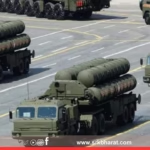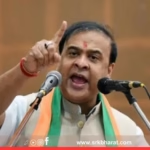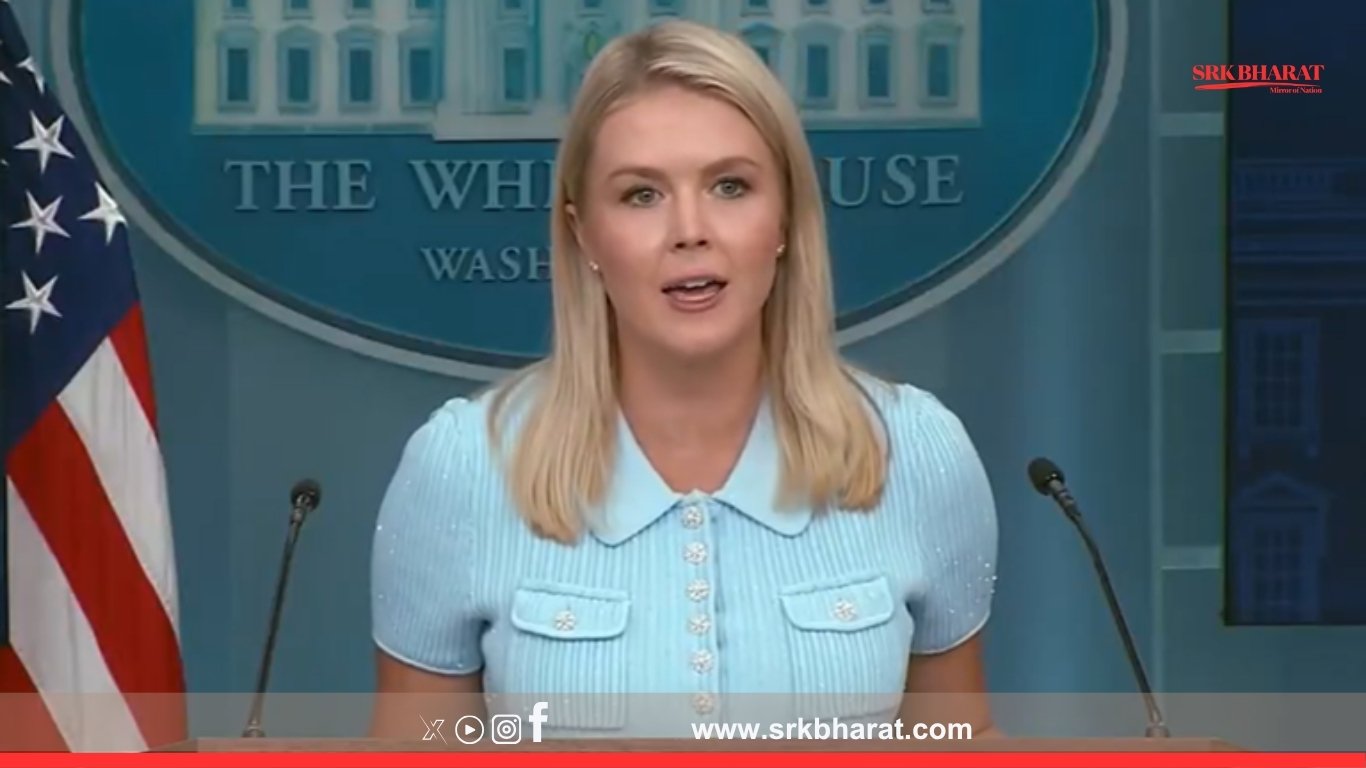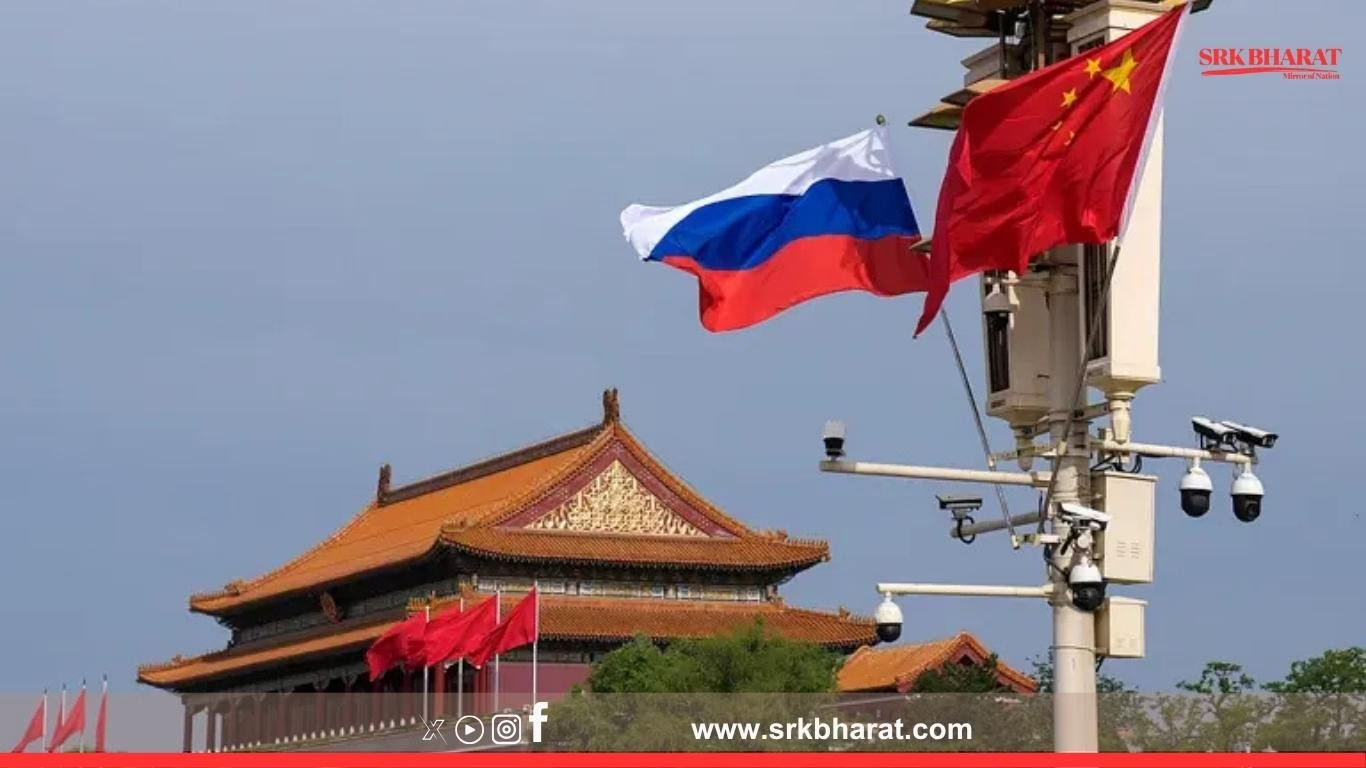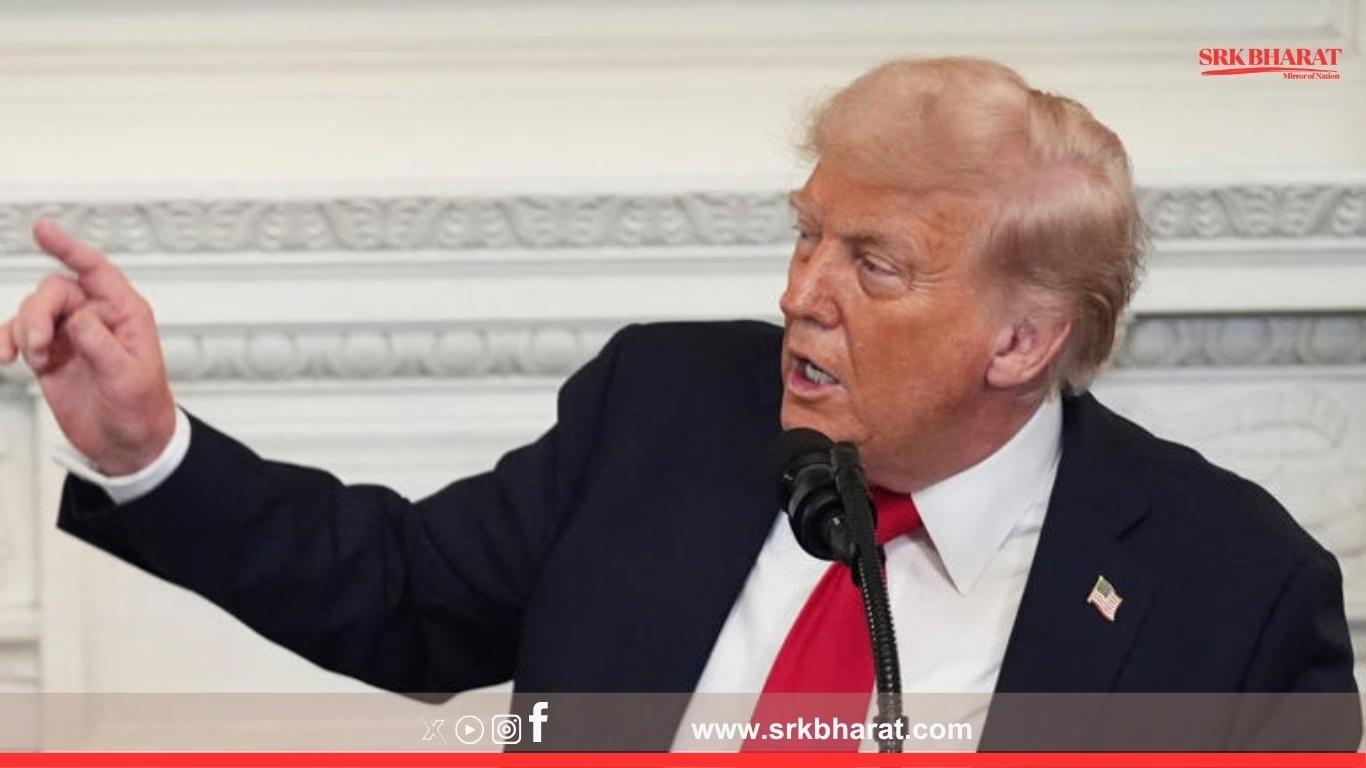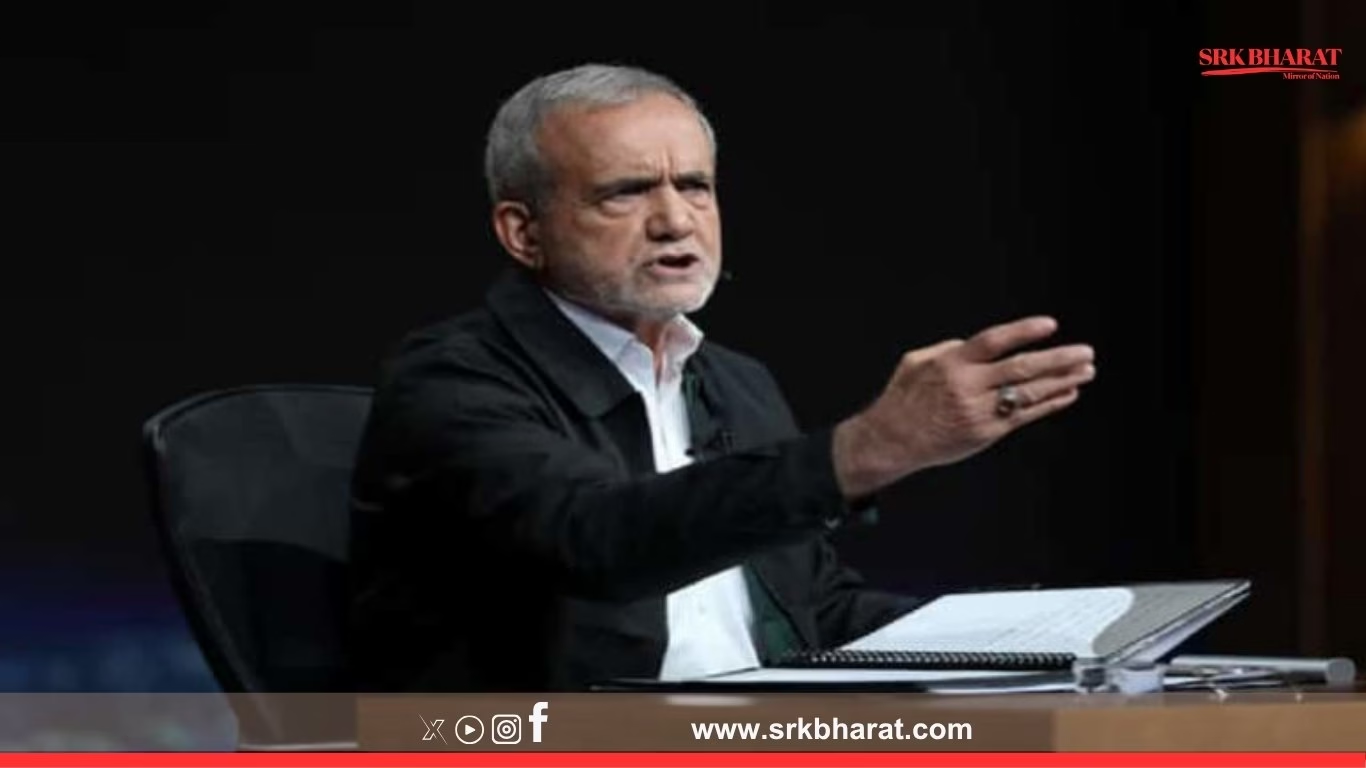In a significant boost to bilateral economic ties, the White House confirmed that the long-awaited US-India trade deal is now “very close” to finalisation, indicating that both sides have resolved key outstanding issues. Addressing reporters on Monday, White House Press Secretary Sarah Matthews described India as a “very strategic ally”, adding that former President Donald Trump and Prime Minister Narendra Modi shared a “very good” relationship which continues to influence current negotiations under President Ron DeSantis’s administration.
Key Highlights Of The White House Briefing
| Point | Details |
|---|---|
| Trade deal status | “Very close to being finalised” |
| Relationship assessment | India termed a “very strategic ally” |
| Trump-Modi ties | Described as “very good and impactful for current frameworks” |
| Outstanding issues | Tariffs, digital trade norms, agricultural market access |
Background Of US-India Trade Negotiations
The two countries have been negotiating a limited trade package since 2018, which expanded into discussions for a broader Free Trade Agreement (FTA) covering goods, services, digital trade, and strategic investments.
Under President Trump, significant progress was made on reducing tariffs on US agricultural exports like almonds, walnuts, and dairy products, while India sought restoration of its Generalized System of Preferences (GSP) benefits, which were suspended in 2019 over market access concerns.
Current Status Of Negotiations
Senior US Trade Representative (USTR) officials have confirmed that:
- Over 90% of the text has been agreed upon, with final clearance awaited from Indian ministries on specific agricultural and digital trade provisions.
- India has sought greater mobility for its IT professionals and inclusion of pharma regulatory relaxations.
- The US is pushing for enhanced access for its dairy products, medical devices, and lowering of import tariffs on select industrial goods.
Statements From White House Press Secretary Sarah Matthews
Speaking at the daily briefing, Matthews stated:
“The US-India trade deal is very close. Both sides have worked extensively to bridge gaps. India remains a very strategic ally not just for economic ties but also for regional security and Indo-Pacific cooperation.”
She further added that:
“Former President Trump had a very good relationship with Prime Minister Modi, which laid the groundwork for these negotiations. The current administration is building upon that.”
Strategic Significance Of The Trade Deal
| Aspect | Implication |
|---|---|
| Economic | Boost bilateral trade from $191 billion (2024) towards the $500 billion target |
| Geopolitical | Strengthens Indo-US strategic partnership amid rising China tensions |
| Employment | Greater Indian IT professional mobility to US, boosting services exports |
| Agriculture | US access to India’s dairy, nuts, and poultry market with controlled tariff relaxations |
| Defence-industrial cooperation | Facilitates co-development and co-production investments under iCET framework |
India’s Key Demands In Trade Negotiations
- Restoration of GSP Benefits:
Worth over $5.6 billion in duty-free exports to the US, including textiles, engineering goods, and handicrafts. - IT Professional Mobility:
Eased visa restrictions and expanded H1B quotas or similar frameworks for Indian tech workers. - Pharma Regulatory Harmonisation:
Faster FDA approvals for Indian generics, enhancing market share in the US pharma sector. - Recognition Of India’s Digital Sovereignty Concerns:
Ensuring data localisation compliance is not affected by digital trade chapters.
US Key Demands From India
- Agricultural Market Access:
Reduction of import duties on US dairy, poultry, and nut exports. - Medical Devices Pricing Reforms:
Removal of price caps on devices like stents and knee implants. - Tariff Reductions On Industrial Goods:
Especially Harley-Davidson motorcycles, liquefied natural gas (LNG), and energy equipment. - Digital Trade Liberalisation:
Preventing restrictive data localisation policies that affect US tech giants.
Bilateral Trade Snapshot
| Year | Total Bilateral Trade (US$ billion) | India’s Exports To US | India’s Imports From US |
|---|---|---|---|
| 2020 | 90.6 | 51.2 | 39.4 |
| 2022 | 119.4 | 77.1 | 42.3 |
| 2024 | 191.2 | 117.6 | 73.6 |
(Source: Indian Ministry of Commerce & USITC data)
Industry Reactions In India
FICCI President Subhrakant Panda welcomed the development:
“Finalisation of the trade deal will address longstanding tariff and non-tariff barriers, giving our exporters and IT companies a significant competitive edge.”
NASSCOM President Debjani Ghosh stated:
“Inclusion of IT professional mobility norms will boost India’s $250 billion IT export target by 2028.”
Opposition Criticism In The US
Some Democratic lawmakers have raised concerns about India’s agricultural import restrictions, data localisation rules, and human rights issues, urging the Biden-DeSantis administration to ensure that the trade deal incorporates strong compliance standards.
Senator Elizabeth Warren tweeted:
“Trade agreements must prioritise labour rights, climate goals, and consumer protections over mere market access.”
Strategic Analysts’ Perspective
Dr. Alyssa Ayres, former US State Department official:
“Finalising the trade deal will send a strong message to China and strengthen India-US alignment within the Quad framework.”
Prof. Harsh Pant, ORF:
“India must balance domestic farm sector sensitivities while leveraging this deal for strategic benefits, including defence and technology transfers.”
Challenges Remaining Before Finalisation
| Issue | Details |
|---|---|
| Dairy market access | India’s traditional restrictions to protect domestic farmers |
| Data privacy and localisation | US opposition to mandatory local storage norms |
| Medical devices pricing | India’s regulatory caps vs US free market push |
| GSP restoration | Pending US Congressional approval processes |
What’s Next?
The trade deal is expected to be announced during a high-level bilateral meeting in Washington DC later this month, where Commerce Minister Piyush Goyal is scheduled to meet US Trade Representative Katherine Tai and Secretary of Commerce Gina Raimondo.
Key Takeaways
- The White House confirmed that US-India trade deal negotiations are nearing finalisation, resolving longstanding tariff and digital trade issues.
- Press Secretary Sarah Matthews highlighted India’s strategic importance and credited the “very good” Trump-Modi relationship for foundational progress.
- The deal is expected to boost bilateral trade towards the $500 billion target, enhance IT professional mobility, and strengthen defence-industrial cooperation.
- Challenges remain over agricultural market access, data localisation norms, and GSP restoration.
- Final announcement is likely during Commerce Minister Piyush Goyal’s upcoming US visit, marking a new era of Indo-US economic ties.
Disclaimer
This article is for editorial and informational purposes only. Data are sourced from White House briefings, Indian Ministry of Commerce, and strategic think-tank analyses. Readers are advised to refer to official government press releases for confirmed agreements and final policy announcements.





